1. Installing Tile Without Considering Grout
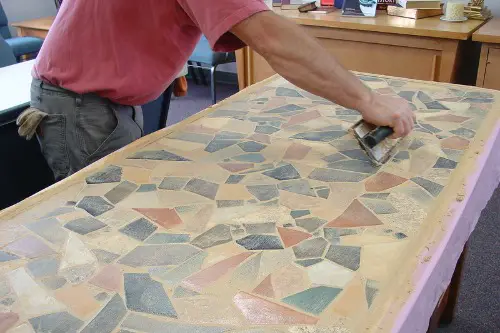
First-timers often focus on the tile itself and forget that grout color and width can completely change the look. Bright white grout with white tile can look sterile—or worse, get dirty fast. On the flip side, dark grout with light tile can look trendy but may highlight imperfections in the layout. Grout isn’t just filler—it’s part of the design.
Experienced renovators test grout samples and think about maintenance. They also know that wider grout lines can make a space feel dated, while ultra-thin lines require precision. Don’t treat grout as an afterthought. It’s the detail that ties everything together.
2. Choosing Trendy Over Timeless
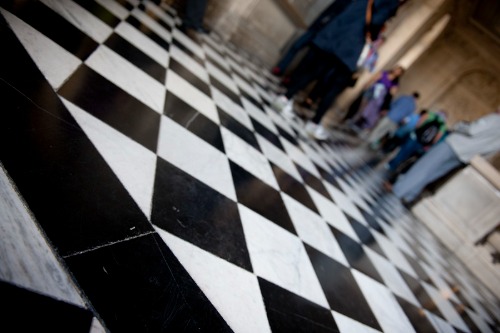
It’s tempting to go all-in on the latest design trend—fluted everything, checkerboard floors, or all-beige-everything. But seasoned renovators know that trends fade fast, and what looks fresh today might feel tired in a year. A home full of trend-forward choices can quickly feel dated. Worse, it may not appeal to future buyers.
Instead, blend timeless elements with a few trend-driven accents. Think classic subway tile with a bold light fixture, or neutral cabinetry with colorful hardware. This approach gives you flexibility to update without a full overhaul. Trends should accent your home—not define it.
3. Matching Everything to a Single Finish
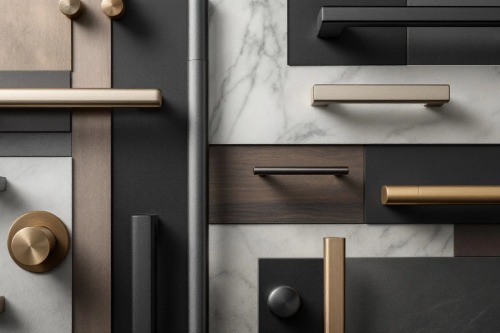
It might seem like a safe bet to choose brushed nickel—or matte black or chrome—and use it for every handle, hinge, and fixture. But when everything matches too perfectly, it can feel flat and overly coordinated. Experienced renovators know that mixing finishes adds depth and character. It’s a sign of confidence, not chaos.
Try pairing warm metals like brass with cooler tones like black or chrome. Or mix matte and polished textures for subtle contrast. The key is balance, not uniformity. A little variety makes your space feel curated, not cataloged.
4. Forgetting About Lighting Layers

First-time renovators often rely on a single overhead light in each room, thinking it’s enough. But that one fixture can leave the space feeling flat, shadowy, or overly harsh. Experienced designers use layers: ambient, task, and accent lighting. It’s what makes a room feel warm, functional, and dynamic.
Add floor lamps, sconces, or under-cabinet lighting to create depth. Dimmer switches are another easy upgrade that adds flexibility. Good lighting is one of the most underrated design tools. And it’s a clear sign of thoughtful renovation.
5. Using Builder-Grade Everything
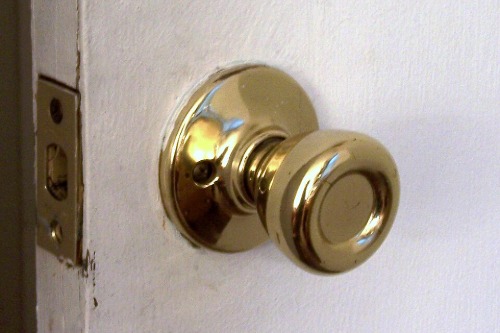
If your home is filled with the most basic options from the hardware store—hollow-core doors, plastic light switch covers, or shiny brass doorknobs—it’s a giveaway that you haven’t renovated yet. These items are functional, but they lack personality and durability. They’re the default, not the decision.
Upgrading even a few of these elements can make a big difference. Try swapping out door hardware, light fixtures, or faucets for something with more style. It doesn’t have to be expensive—just intentional. Small upgrades signal big design awareness.
6. Ignoring Flow and Function
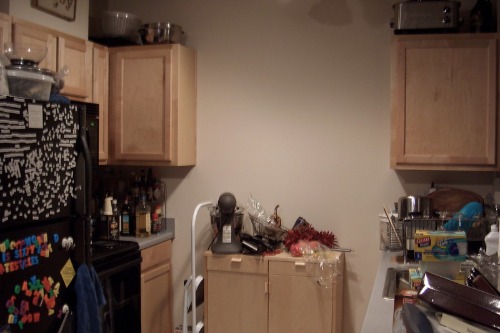
First-time renovators often focus on how things look, not how they work together. That might mean placing a fridge where it blocks a cabinet, or installing a vanity that makes the bathroom feel cramped. These layout missteps can make daily life frustrating. And they’re a dead giveaway that the space wasn’t thoughtfully planned.
Experienced renovators think in terms of zones, circulation, and usability. They measure clearances, test door swings, and imagine how the space will be used. Good design is about more than aesthetics. It’s about making life easier.
7. Leaving Out Storage Solutions
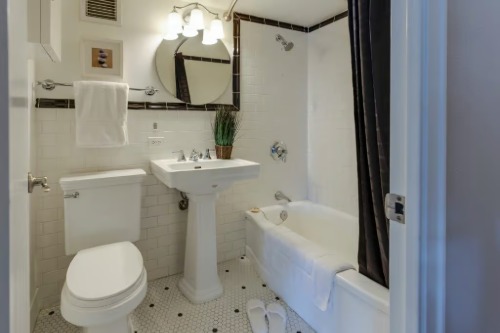
It’s easy to get caught up in finishes and forget about function—especially when it comes to storage. First-time renovators often overlook built-ins, closet systems, or hidden storage options. The result is a beautiful space that quickly becomes cluttered. And that undermines the whole renovation.
Think about where things will go before you start. Add drawers instead of cabinets, include a pantry, or build in shelving where possible. Storage doesn’t have to be obvious—it just has to be smart. A well-organized home always feels more polished.
8. Choosing the Cheapest Materials
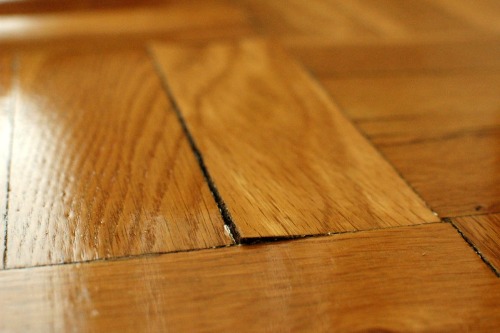
Budget is important, but going for the cheapest option in every category often leads to regret. Laminate that peels, paint that scuffs, or flooring that warps can all make a new renovation feel worn out fast. Experienced renovators know where to splurge and where to save. It’s about value, not just cost.
Invest in quality where it counts—like flooring, countertops, and hardware. You’ll save money in the long run by avoiding replacements. Cheap finishes might look good on day one, but they rarely hold up. Durability is part of good design.
9. Skipping Permits and Professional Help

DIY can be empowering, but skipping permits or trying to do everything yourself can lead to costly mistakes. First-time renovators sometimes underestimate the complexity of plumbing, electrical, or structural changes. That can result in code violations, safety issues, or failed inspections. It’s a shortcut that often backfires.
Experienced renovators know when to call in the pros. They also understand the value of doing things by the book. Permits may be a hassle, but they protect your investment. A well-renovated home is built to last—and to pass inspection.
10. Painting Without Prepping Surfaces

First-time renovators often jump straight to painting without cleaning, sanding, or priming. Skipping prep might save a few hours now, but it leads to streaks, peeling, and uneven coverage later. Even the best paint can’t hide dust, grease, or glossy finishes. A flawless paint job starts long before you open the can.
Experienced renovators take time to patch holes, sand rough spots, and apply primer. They know that proper prep means fewer coats and a longer-lasting finish. It’s not the most exciting part of the project, but it’s the foundation for a professional look. The extra effort always shows in the end result.
11. Overcrowding With Too Many Design Ideas
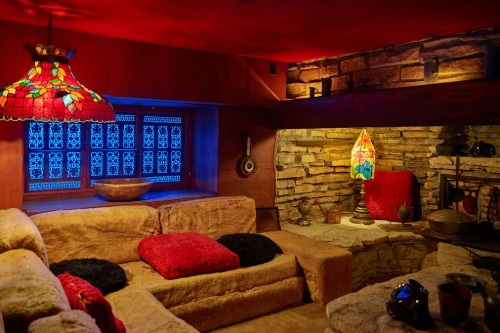
It’s easy to get excited and try to cram every style you’ve ever pinned into one space. But mixing farmhouse shiplap with mid-century furniture and industrial lighting can quickly feel chaotic. First-timers sometimes forget that less really is more. A cohesive design feels intentional, not accidental.
Experienced renovators edit their ideas and stick to a clear vision. They might blend styles, but they do it with a consistent color palette or repeating materials. A little restraint creates harmony and flow from room to room. Think curated, not cluttered.
12. Installing Flooring Without Considering Durability
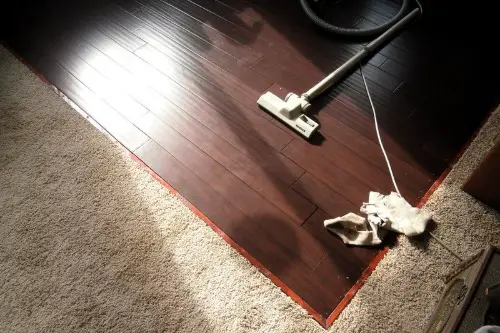
New renovators sometimes choose flooring based solely on appearance—soft wood in a high-traffic hallway or carpet in a dining room. The wrong material in the wrong spot can wear out quickly and ruin the look of a space. Scratches, stains, and warping are all signs that function wasn’t factored in. A beautiful floor that can’t handle daily life won’t stay beautiful for long.
Experienced renovators match materials to the room’s demands. They pick moisture-resistant flooring for kitchens and baths, and harder surfaces for busy areas. The right choice balances beauty and resilience. That’s how floors look good for decades, not months.
13. Forgetting Ventilation in Wet Areas

First-time renovators often focus on tile and fixtures in bathrooms or kitchens while ignoring airflow. Without proper ventilation, moisture builds up, leading to mold, peeling paint, and musty odors. A gorgeous bathroom loses its appeal fast when the mirror fogs for hours. Ventilation isn’t glamorous, but it’s essential.
Experienced renovators always include exhaust fans or improve natural airflow. They check fan capacity, vent placement, and noise level. Good ventilation protects your finishes and your health. It’s one of those invisible upgrades that makes a big difference over time.
14. Hanging Art Too High
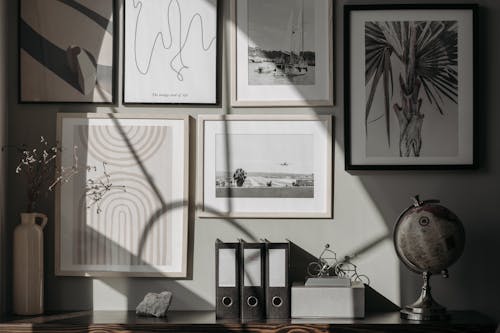
New renovators often make the mistake of placing artwork well above eye level, thinking it looks more “gallery-like.” In reality, art hung too high feels disconnected from the room. It can make ceilings seem lower and walls look awkwardly empty. The right height ties the whole space together.
Seasoned renovators follow the rule of keeping art centerlines around 57–60 inches from the floor. They also group pieces in ways that relate to furniture placement. Art should feel like part of the room, not an afterthought. It’s a small adjustment that makes the space feel professionally styled.
15. Not Accounting for Outlet Placement
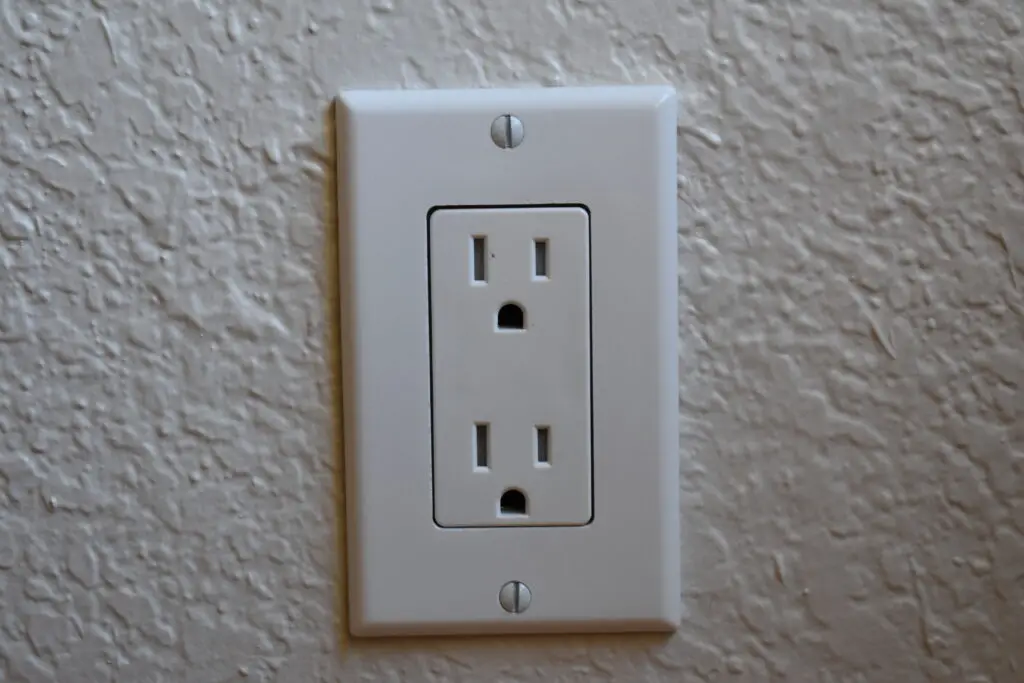
First-time renovators sometimes design entire rooms without considering where power outlets are. That leads to extension cords snaking across the floor or lamps placed awkwardly. It’s a frustrating oversight that’s hard to fix after the fact. Good outlet placement supports both function and aesthetics.
Experienced renovators plan outlets early in the design process. They think about where people will charge devices, plug in appliances, or add lighting. The right number of outlets, in the right places, makes a home easier to live in. It’s a detail that quietly signals experience.
16. Buying Furniture Without Measuring

The excitement of a renovation often spills into furniture shopping—but skipping measurements is a classic rookie move. That “perfect” sofa might block a doorway, overwhelm a small room, or leave awkward gaps. Oversized or undersized furniture throws off the balance of a space. Returning it is a hassle you could have avoided.
Experienced renovators measure not just the room, but also doorways, stairs, and hallways. They visualize how each piece will fit and function before buying. Scaled floor plans or painter’s tape outlines can prevent expensive mistakes. The best furniture feels like it was made for the room.
17. Forgetting the Exterior

First-time renovators often pour all their energy into the interior and leave the outside untouched. But peeling paint, outdated fixtures, or an overgrown yard can make even a beautifully renovated home feel neglected. Curb appeal isn’t just for selling—it sets the tone every time you arrive. The exterior is part of the experience.
Experienced renovators update lighting, refresh landscaping, and repair worn finishes. They make sure the style of the outside matches the inside. A cohesive look from curb to kitchen feels deliberate and complete. It’s the finishing touch that shows true renovation know-how.
This post 17 Home Features That Quietly Signal You’ve Never Renovated Before was first published on Greenhouse Black.
